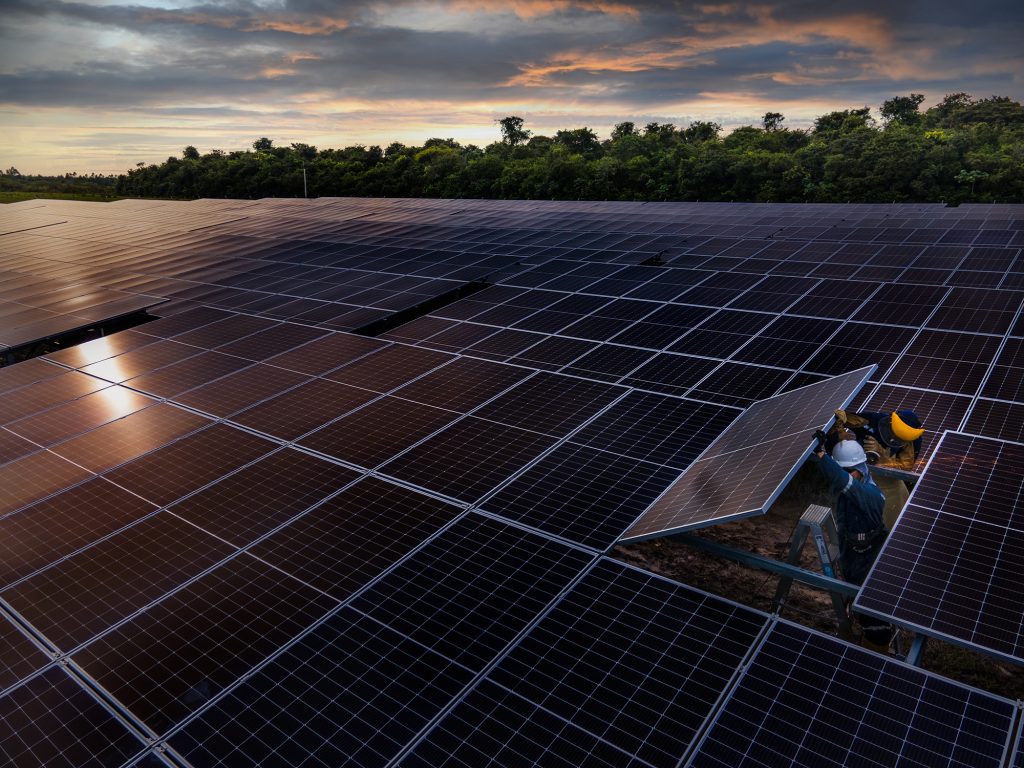Circular Economy
Linear value chains, in which inputs go through a single production-to disposal cycle, put global resources at risk and increase companies’ operating costs.
Within the framework of our SPEED Integrated Value System, we recognize the importance of incorporating the Circular Economy as one of our environmental principles and material topics to guarantee sustainable growth over time and achieve our objectives in terms of reducing GHG emissions, promoting the energy transition and contributing to the regeneration of natural systems.
A circular economy is an economy that maintains the value of products, materials and resources for as long as possible and minimizes waste generation.

Policies and Commitments
With the support of an external consulting firm and the technical teams from different assets of the Company, we built the Strategic Plan for Circular Economy (PEEC), which includes our definition of the subject, as well as the three (3) circularity models that we have prioritized:
- Water management
- Waste management
- Use of greenhouse gases
Our Approach and Our Management
Resource consumption and waste generation in our operations requires adequate management to mitigate the environmental impacts associated with the activities that generate them. To this end, we have Environmental Management Plans, as well as standard guidelines in our areas of operation that establish the criteria for the rational and sustainable use of the resources required in our different processes and for the measurement, use, monitor and control of the waste generated.
Tracking and Monitoring
We have prioritized water, waste and GHG use in our circularity models, and we monitor their management using:
- The Integrated Water Management, Solid and Liquid Waste Management and Emissions and Energy environmental programs that are within our EMS.
- Information reporting in MERO, the corporate system for ESG information management, in which we include and monitor all the Company’s non-financial information.
- Data collection and information consolidation systems for recording and accounting of solid and liquid waste generated, water consumption, among others, in each of our fields of operation.
- Annual monitoring of our performance by the Strategy, Sustainability and Legal Department and the Environmental Area.
- The annual internal and external audit to verify compliance with the ISO 14001:2015 standard to maintain the certification of our EMS.
Goals
Short Term
0-3 years
- Have a technological tool for monitoring the implementation of mapped circularity initiatives.
- Encourage the identification and implementation of new circular initiatives.
- Deliver composting modules to at least 50 families in the area of influence of the Llanos 34 block.
- Start the process of transforming organic waste generated in the camps in the Platanillo block through the use of biodigesters.
- Define circular criteria for the supplier selection process.
- Define circularity goals for each of the prioritized models based on the progress in the implementation of the mapped initiatives.
Medium And Long Term
3-5 years
- Create at least one (1) strategic partnership to maximize the benefits of the PEEC, integrating collaborative or industrial symbiosis initiatives to promote the exchange or sharing of products and materials use.
Long Term
5 years and more
- Measure circularity indicators for water management, waste management and GHG utilization.
- Measure the effectiveness of the PEEC through recognized international standards.
